Distinctive drainage design depictions, refined FEMA flood maps & winning water workflows
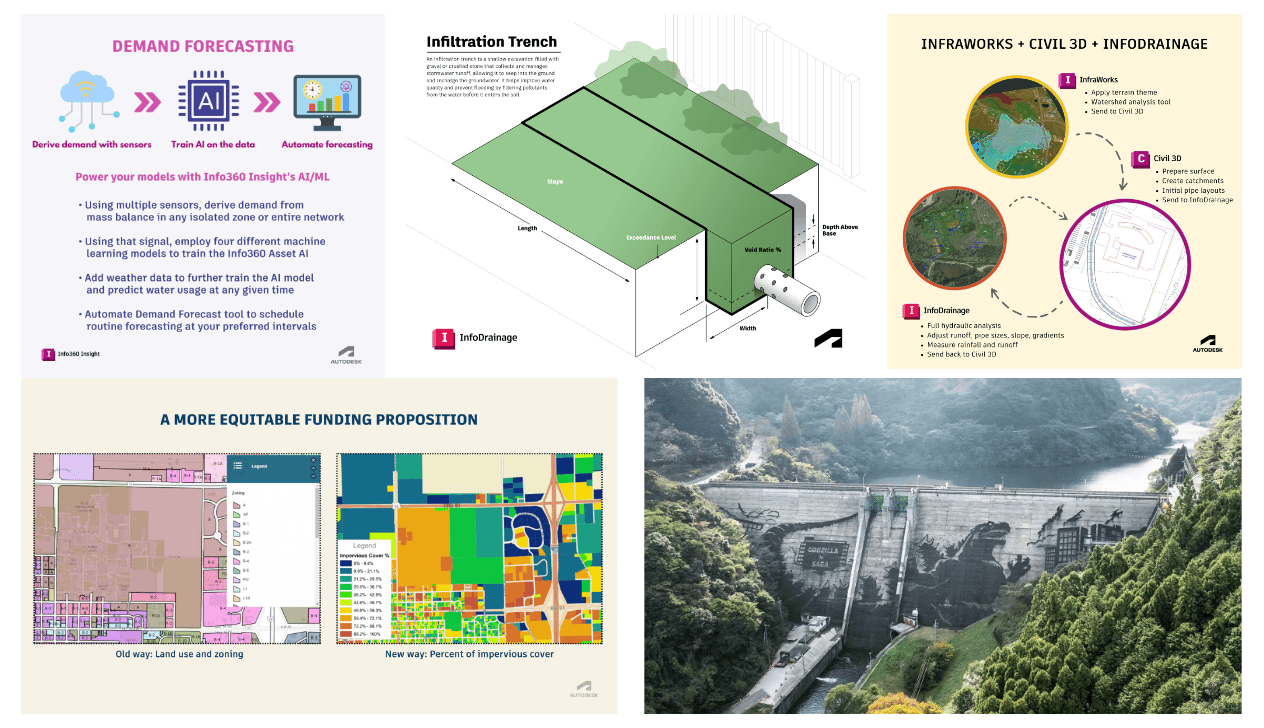
Our previous newsletter saw a big influx of new subscribers via LinkedIn. If you're one of those new subscribers: Welcome! What can you expect going forward? We always start the newsletter with some fun link drops: interesting, illuminating, or just plain odd stories about water. Then, we cover everything published on the One Water Blog since the last newsletter. Let's start with the stories we saw that made us click through....

Power-washing Godzilla
"The Iwaya Kawauchi Dam, located in the city of Ureshino, Saga Prefecture, was completed in 1973. Obviously, being exposed to the elements means that the structure accumulates dust and dirt, and so it needs to be periodically cleaned, getting its most recent wash this month." Big dam Godzilla appears in Japan as power-washer art on side of 195-foot dam.
Leave it to beavers
"The Military Forest Management and the Vltava River Basin were negotiating with each other to set up the project and address issues regarding ownership of land. The beavers beat them to it, saving us CZK 30 million. They built the dams without any project documentation and for free."Beavers build planned dams in protected landscape area, while local officials still seeking permits.
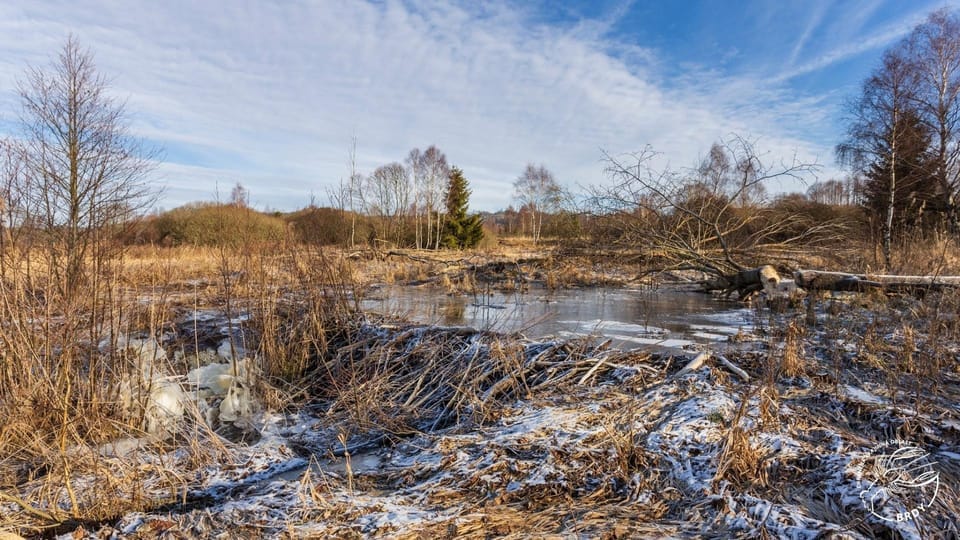
(We are big fans of beavers on the OWB and will continue to follow the news for all beaver-related water innovations.)
Red river folly
"The smell woke us up. In the daytime, when we looked at this side of the river, it was completely red, all stained. It looked like a river covered in blood, it's horrible." A stream turns blood red in Argentina, residents blame pollution.
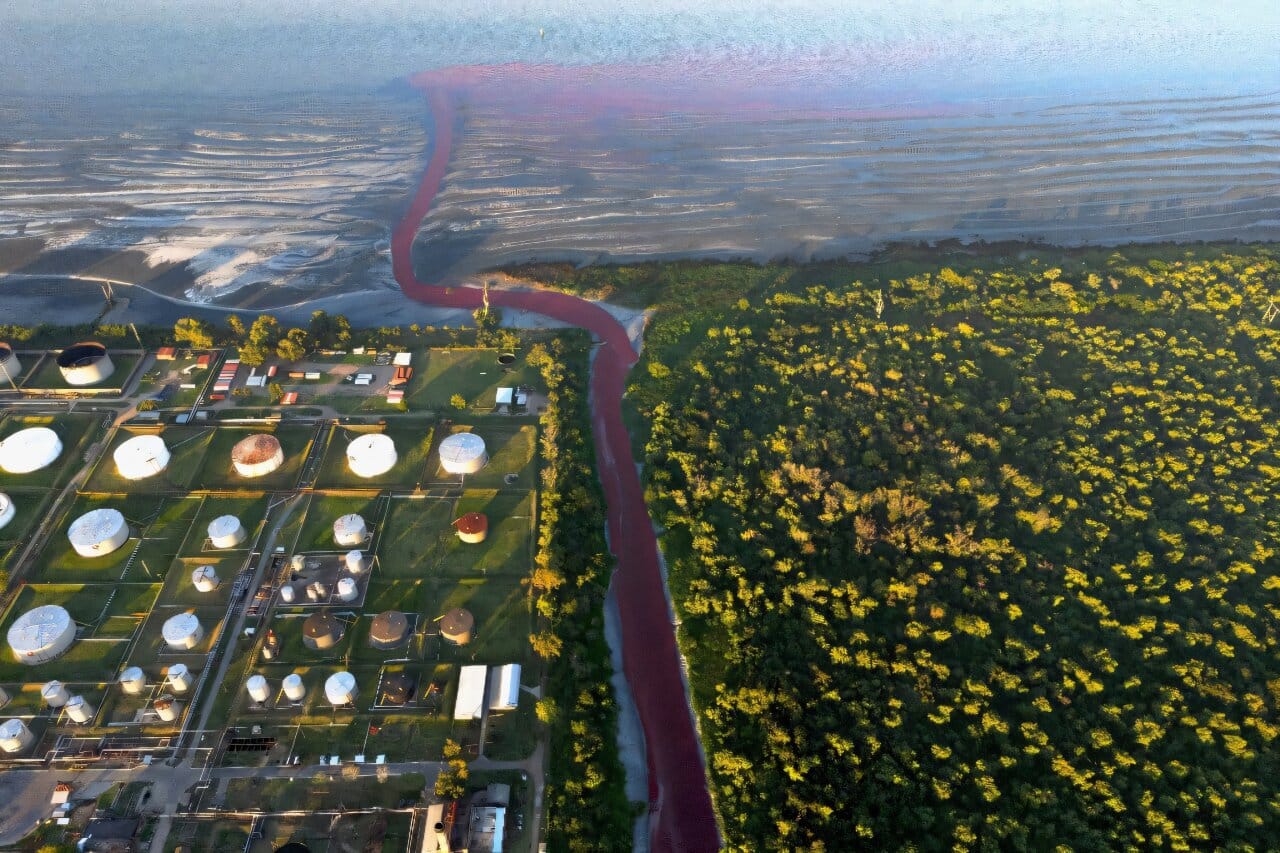
The best YouTube video about the Dutch and water engineering
I've prattled on about how great the Dutch are many times in this newsletter (which is being written from Amsterdam), but I have to bring it up yet again because I saw this new video from the Practical Engineering YouTube channel, and it's simply the best straightforward explainer about the Dutch and water that I've seen so far – and I've seen a lot of them. 👇
DIY water engineering at its finest
Also new on YouTube is a video from SuburbanBiology that's a real DIY engineer's dream. "I demolished the sidewalk to pull water into my yard. Then I grew a food forest using that water. And it was all done within the bounds of rules and regs."
In Water your yard FOR FREE !!!, a San Antonio man shows you step-by-step how he built an irrigation system in his yard using "free water under the sidewalk". What's especially great about it is how he goes around and interviews local water workers to find out how stormwater runoff works in the area before breaking ground.👇
Grab bag of water stories
- Los Angeles is right next to the Pacific Ocean, and since the LA fires people have been curious: Can You Use Salt Water to Put Out a Fire?
- Sewer fatberg of ‘grease and rags’ forces Bryan Adams to cancel Australia show. “Devastating … 15,000 people waiting on the streets for hours.”
- This sponge soaks up pollutants but saves valuable minerals. “We can’t just keep flushing these minerals down the toilet. We need to understand how they interact and find ways to actually utilize them.”
- Portland celebrates a year of not polluting the Willamette River with sewage: "Some Portlanders celebrated this week’s achievement with a cold plunge, along with toasty saunas and campfires."
From the One Water Blog
That's it for the link drops. On to our latest OWB content...
Sustainable drainage visualized
We're extremely excited about a new series of articles that contain contain high-quality illustrations that we think will become a handy resource for drainage designers – but also for people who don't know anything about how sustainable drainage systems work.
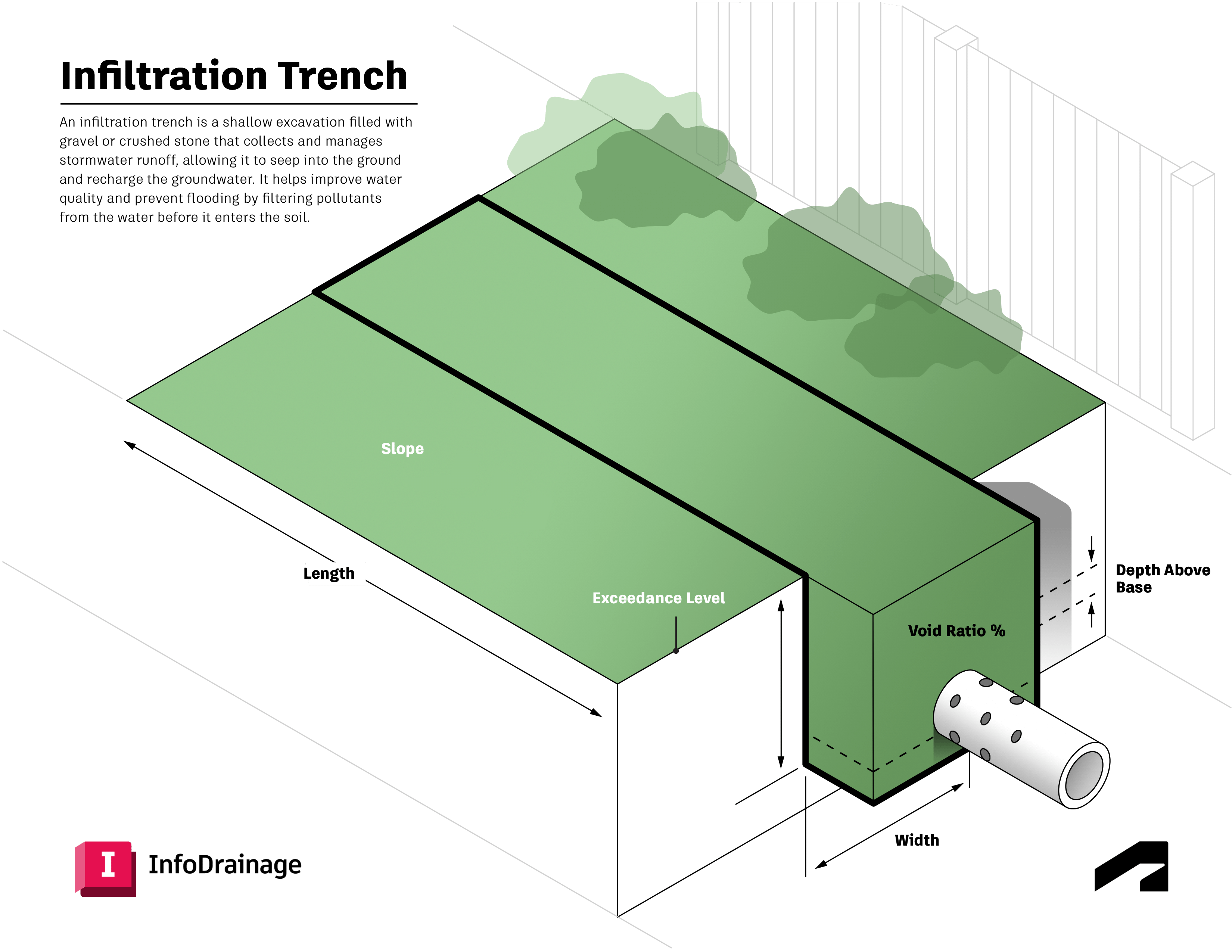
Why did we create these? I've looked around for the past few years to find good illustrations of sustainable drainage systems, and I'm sorry to report that there aren't very many good images out there that detail how sustainable design features work. So, we commissioned an artist to make some. The first article up in this series on sustainable drainage options that our customers regularly use inside InfoDrainage has just been published: What are infiltration trenches and how do they work?
These SuDS features inside our software are a big selling point for InfoDrainage because they make it easy to model exactly how they will work over time based on regional rainfall standards, either as standalone SuDS or as a linked system of SuDS. These kinds of sustainable implementations are most popular in the UK, where they are known as SuDS, but Americans may know them as LIDs or simply BMPs. Aussies call 'em WSUDs. No matter what acronym you choose to assign to them, they will become an increasingly important tool to help prevent flooding in cities as the planet warms and rainfall increases.
Arcadis featured in new Autodesk video
Everybody knows the name Arcadis. They stand out as a global leader in engineering solutions that address complex challenges throughout the water cycle. With a strong focus on collaboration and innovation, Arcadis partners with water utilities across the US to tackle present issues and pave the way for future enhancements using cutting-edge tools and technologies. Watch our latest video with Arcadis's Ben Chenevery: Arcadis is advancing clean water management for water utilities with InfoWater Pro.
Refining FEMA flood-risk maps
Getting FEMA approval for your stormwater model is a must, but sometimes it can be unclear if FEMA will accept your tool of choice. Is it too risky for flood modelers to bring a new tool to the table? Trevor English digs into the topic to find out How ISG got their InfoWorks ICM models FEMA approved.
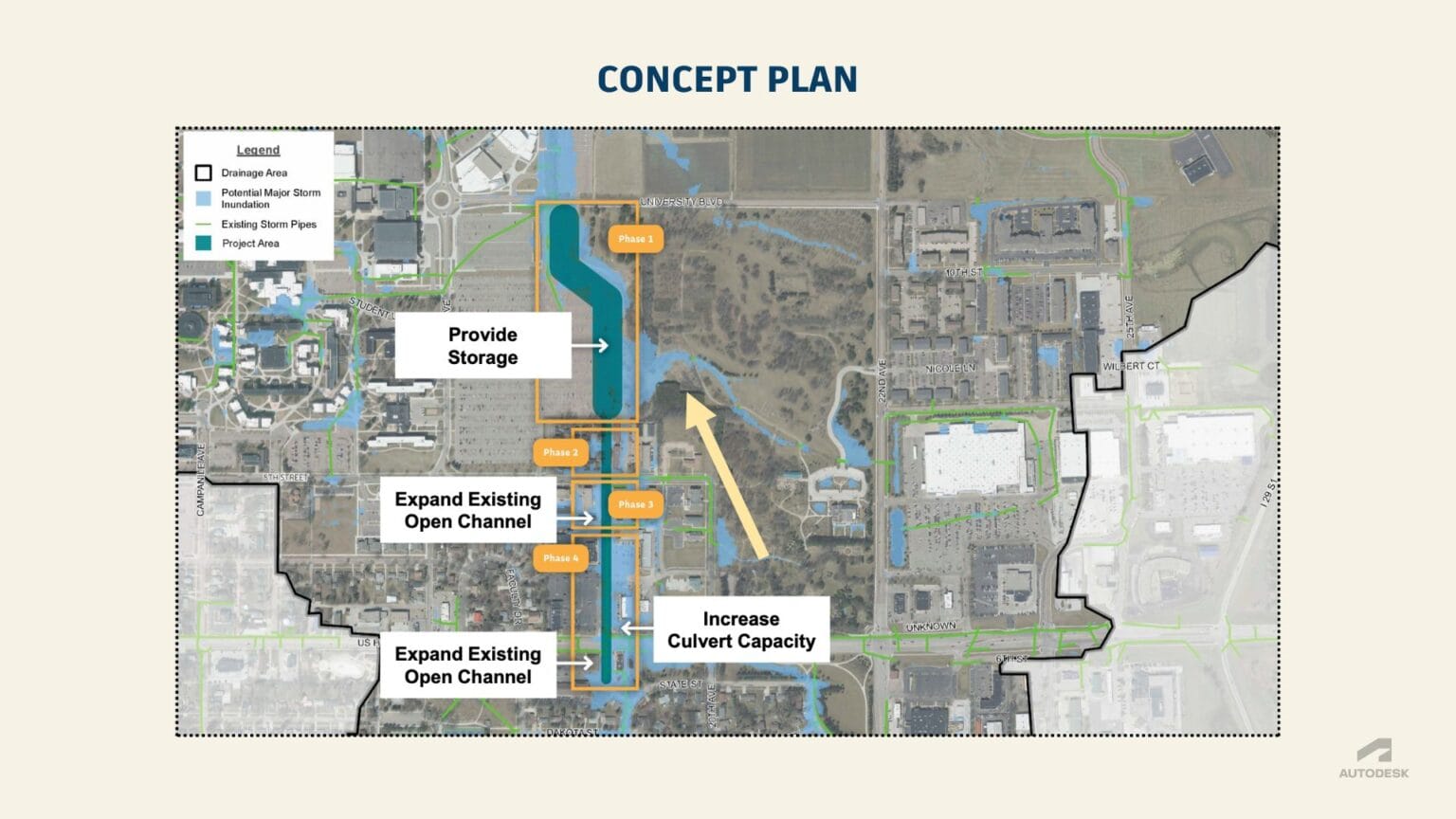
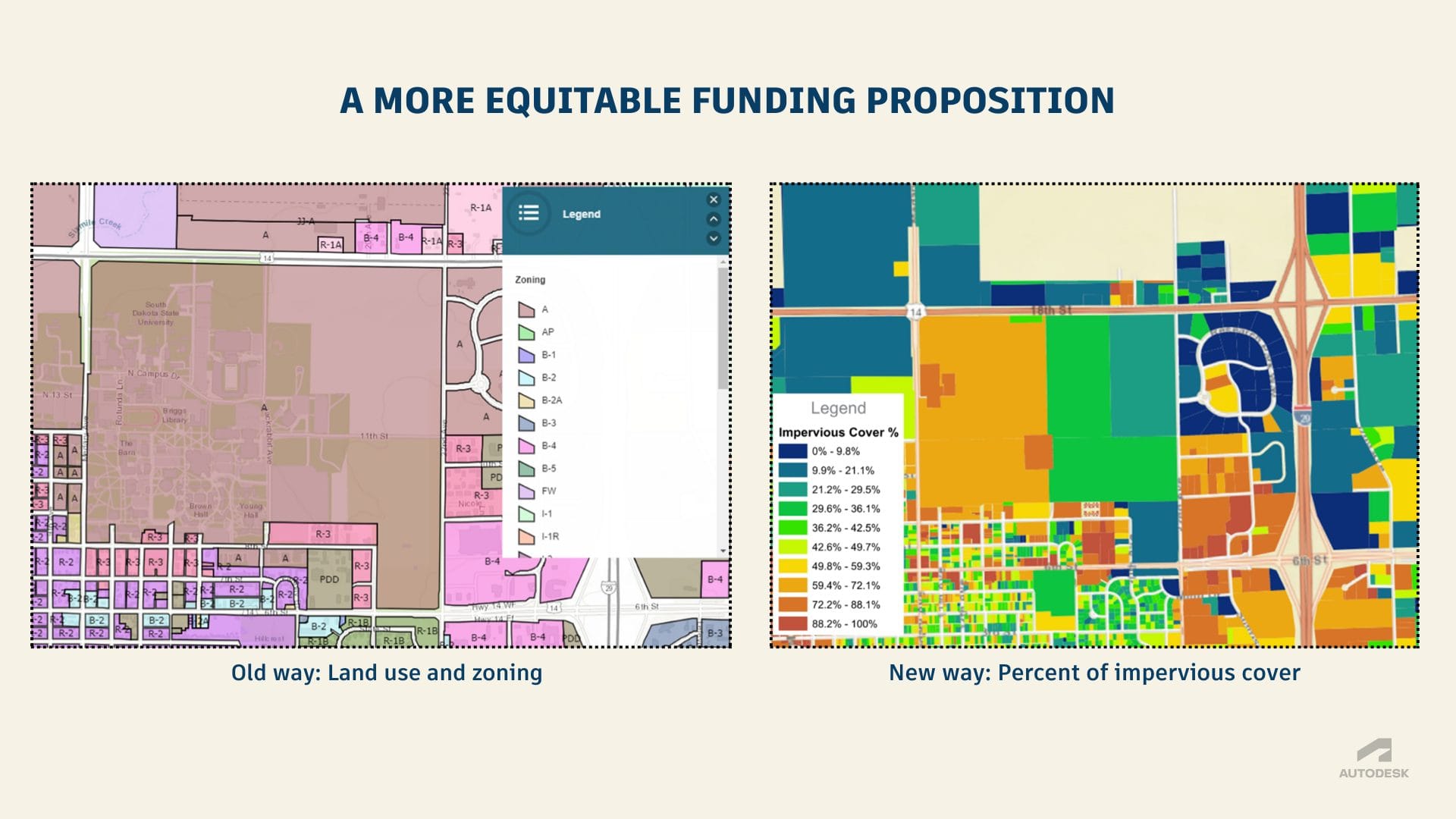
One neat detail in this story that stood out: the idea of taxing properties on the amount of impervious surface on a lot, which is both more equitable and environmentally friendly. This is a smart use of software to help municipalities break away from the old ways of funding their necessary infrastructure improvements.
Is your digital twin dynamic?
For many water utilities, creating an operational dynamic digital twin hydraulic model is still in the category of "we want to get to that point in the future" – but you don't have to wait. You just have to get over three basic challenges. In his latest post, Trevor English points out in his latest post before showing you how to alleviate those three problems and Generate dynamic digital twin hydraulic models with InfoWater Pro and Info360 Insight.
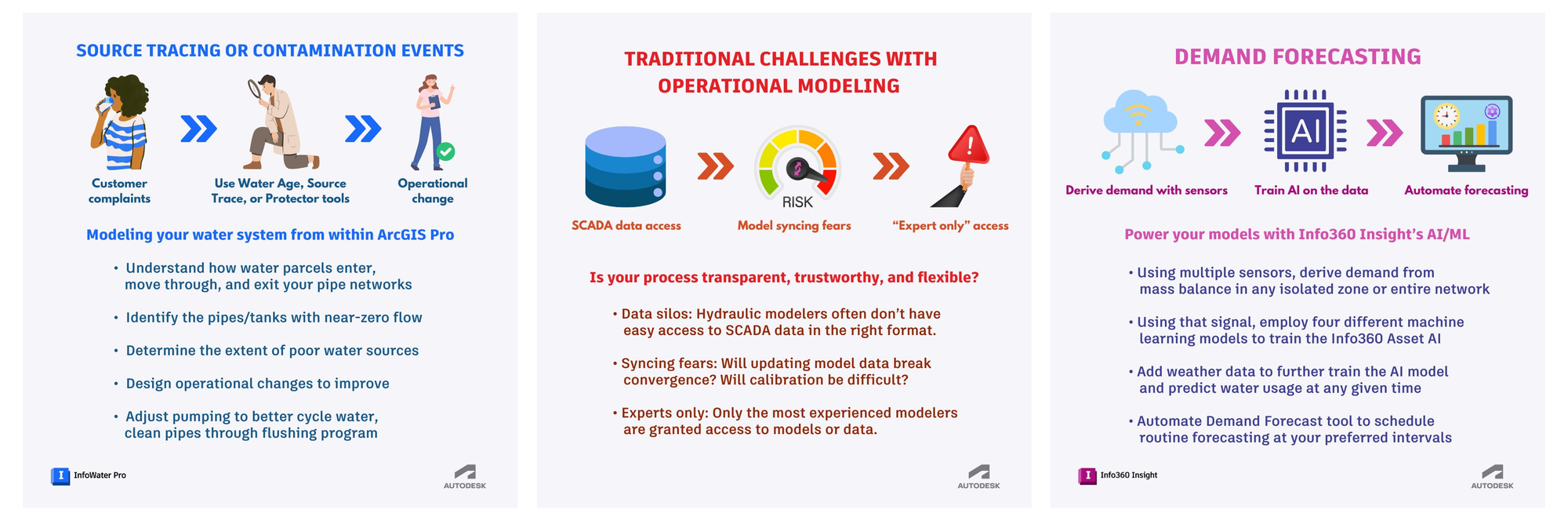
Workflows FTW
Our OWB post InfraWorks + Civil 3D + InfoDrainage: a powerful drainage design workflow got a surprising amount of attention when we posted about it on social media. It might end up being our most successful LinkedIn post ever. Why? Well, we know that customers really pay attention to integrations that work with Civil 3D. But we also know that, in general, as Robert Dickinson suggested in our Slack channel: "People love workflows."

Indeed, they do. If you love workflows, check out the post by Trevor English about a standout workflow we saw at Autodesk University. If you want to go really deep into it, you can also watch the full presentation.
CCTV is an ideal use case for AI/ML
Sewer pipeline assessment can be a tough job. To make it easier, Autodesk’s Tim Medearis and VAPAR’s Michelle Aguilar teamed up at Autodesk University to show customers how The AI/ML revolution in sewer pipeline condition assessment and management has already begun. If you’re interested in AI, this presentation about AI + ML + CCTV in sewer inspections digs into what is probably the best most straightforward use cases for AI in water: closely watching all that CCTV footage so you don't have to.
We'll be at World Water-Tech in London. Will you?
In a few weeks, we’ll be heading to London for the World Water-Tech Innovation Summit on 25-26 February, where Autodesk will be a platinum partner. You’ll find us at Booth #19, and we’ll be speaking at two events. If you're going, put us on your agenda. 👇
Doing our best to make every link matter.
